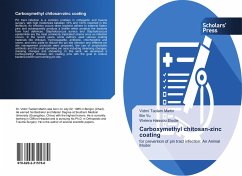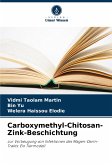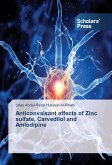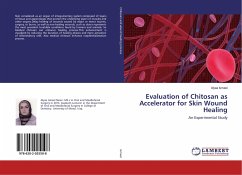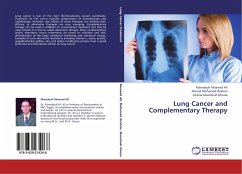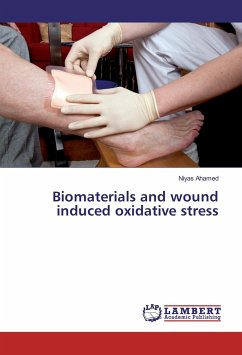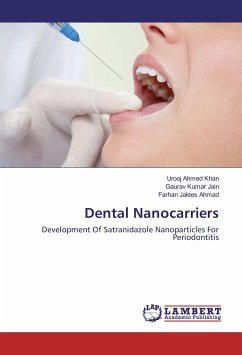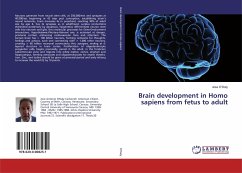Pin tract infection is a common problem in orthopedic and trauma surgery, with high incidences between 10% and 100% reported in the literature. An infection occurs when bacteria adhere to external fixator pins and subsequently produce a biofilm which protects the bacteria from host defences. Staphylococcus aureus and Staphylococcus epidermidis are the most commonly implicated strains once an infection occurs. In the recent years, some authors used various coating materials like chitosan, hydroxyapatite, antibiotic, chlorhexidine and iodine, and nitric oxide to reduce the pin site infection and different pin site management protocols were proposed, like use of prophylactic antibiotic and the post-operative pin care including cleansing changes, dressing changes and showering. In this work, we developed a Carboxymethyl chitosan zinc coating pins with the goal to reduce bacteria biofilm surrounding pin site.
Bitte wählen Sie Ihr Anliegen aus.
Rechnungen
Retourenschein anfordern
Bestellstatus
Storno

